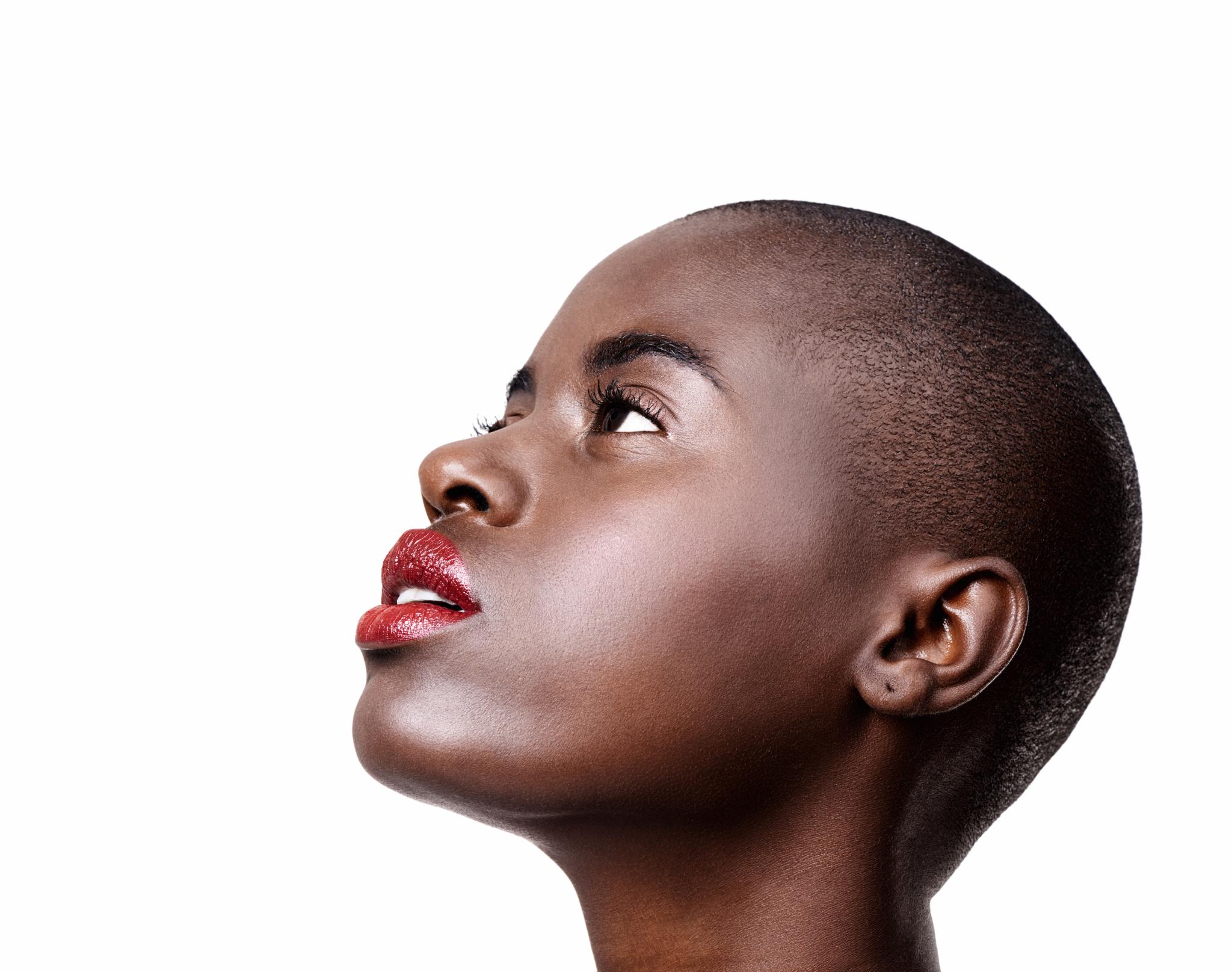
Lipstick isn’t often thought of as something that changes the world, but one red bullet created 21 years ago has impacted AIDS research and those affected by the disease in a major way.
Lining Your Lips is Now Called ‘Lip Contouring’
For most, MAC is to women what ToysR’Us is to children— a sensory overload, pigment-rich utopia. The Canadian bred cult-beauty favorite, offers cosmetics in every hue and has a lipstick index that spans more than 100 shades; it’s the stuff beauty girls—and boys—dream of. MAC is known for its color index, gorgeous advertorials and its continued legacy for supporting range of sometimes-controversial causes from obesity, to gender equality and AIDS.
Their coveted Viva Glam line, a collection of lipsticks, has endorsed 24 celebrities since its genesis; everyone from from Eve and Lil Kim to Nicki Minaj and Rihanna. The VIVA GLAM campaign launched in 1994 with infamous drag queen, RuPaul as it’s spokesperson, making it the first lipstick created to “directly confront and raise money and awareness for AIDS.” Since then, the line has donated more than $400 million dollars to HIV. It is still one of the few cosmetic collections worldwide that fully supports AIDS research with 100% of the proceeds from the collection being donated to the MAC AIDS Fund to help men, women and children affected by the disease.
Viva Glam is a testament to the power of lipstick. One Viva Glam product can:
*Tst 14 pregnant mothers for HIV.
*Buy a pair of school shoes for a child orphaned by HIV.
*Provide a clean, safe place to sleep for two nights for one residen livin with HIV/AIDS.
*Provide crisis counseling to a person living with AIDS who is also struggling with drug addiction, mental illness and homelessness.
If lipstick for a cause isn’t enough to convince you, here are a few stats about AIDS that may alarm you:
- *According to the US Center for Disease Control and Prevention, about 50,000 people get infected with HIV every year.
- *African Americans are the racial/ethnic group most affected by HIV.
- *The rate of new HIV infection in African Americans is 8 times that of whites based on population size.
- *An estimated 1 in 16 African American men and 1 in 32 African American women will be diagnosed with HIV infection in their lifetime.
For more information about how you can prevent and reduce your risk of contracting HIV, refer to the Center for Disease Control and Prevention Website.
